Browse
This page includes all videos that are currently tracked within the database, grouped by the Series that they belong to.
Video Series (Projects)
Found 30 series stored in the database.

1 video in series
This tape captures a play put on in 1971 by the patients at the Tarzana Treatment Center who are HIV/AIDS positive. Using paper masks, the play addresses the fears and questions one has about AIDS, offers guidance on safe sex practices, and shows how support can be given to those living with the diagnosis. Personal experiences are shared to exemplify the unjust treatment of those living with HIV/AIDS.
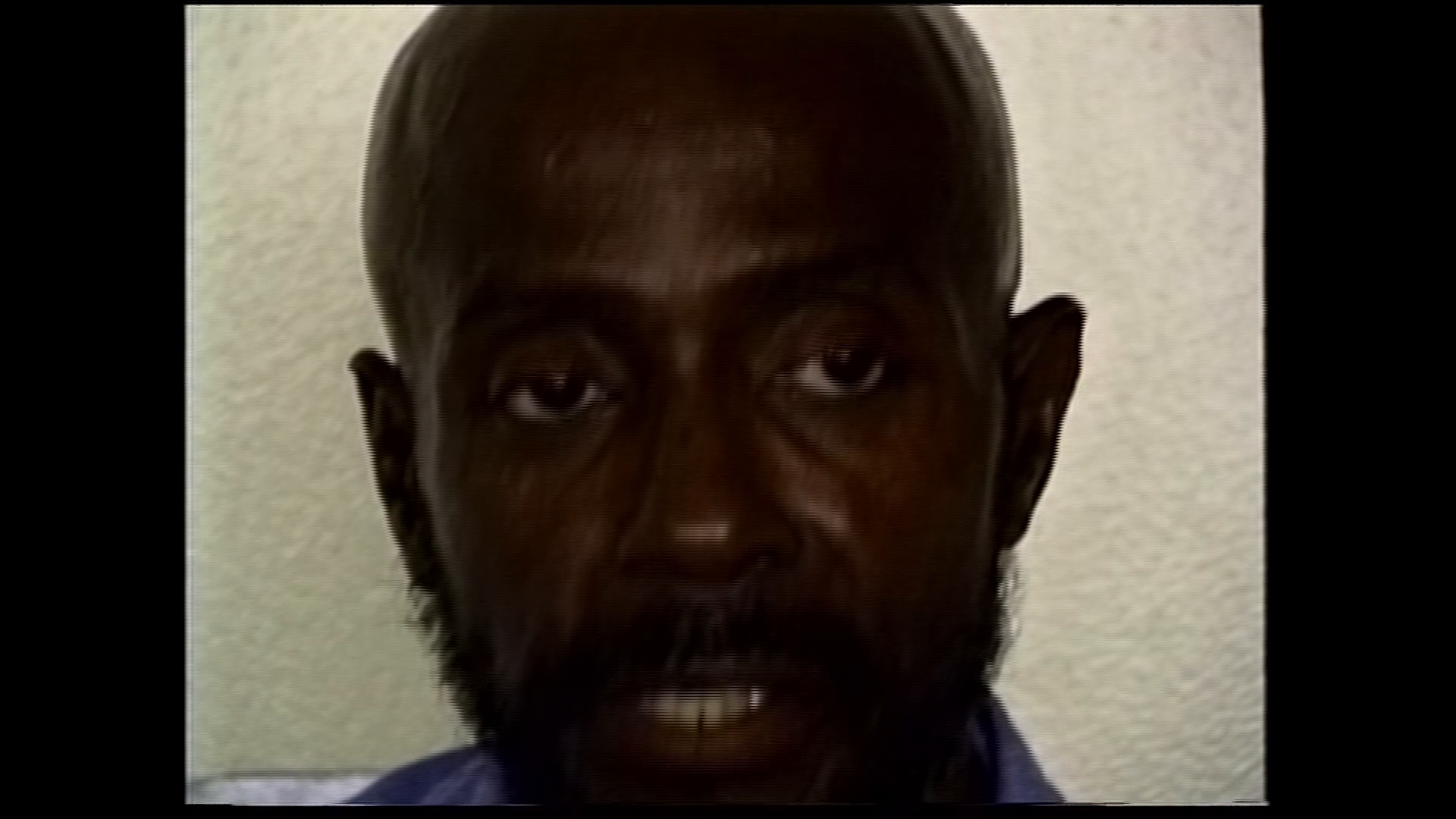
2 videos in series
Amen (1992) is a group autobiography of inmates at the California Institution for Men in Chino, California, who have HIV/AIDS. The men recount their lives—the high and low points from the time they were born to the present—and what their futures may hold.
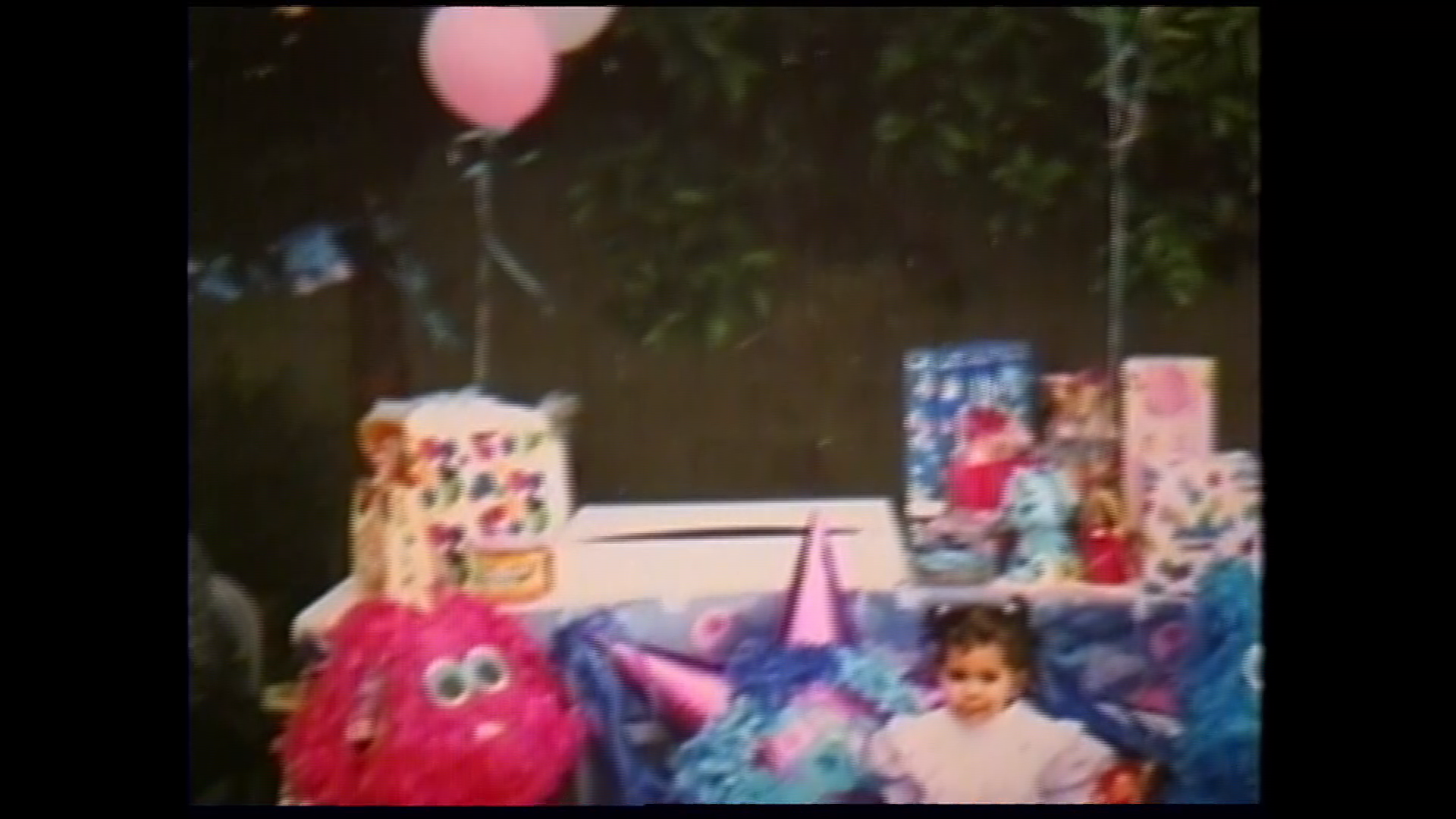
24 videos in series
Made in partnership with the California Arts Council, Wendy Clarke was an artist-in-residence at the Camarillo State Hospital in Camarillo, California crafting art-based workshops for patients. She spent a year working with 4 groups of participants creating videos, puppets, paintings, and more. These tapes must be viewed on-site at the Wisconsin Center for Film and Theater Research in Madison, WI.
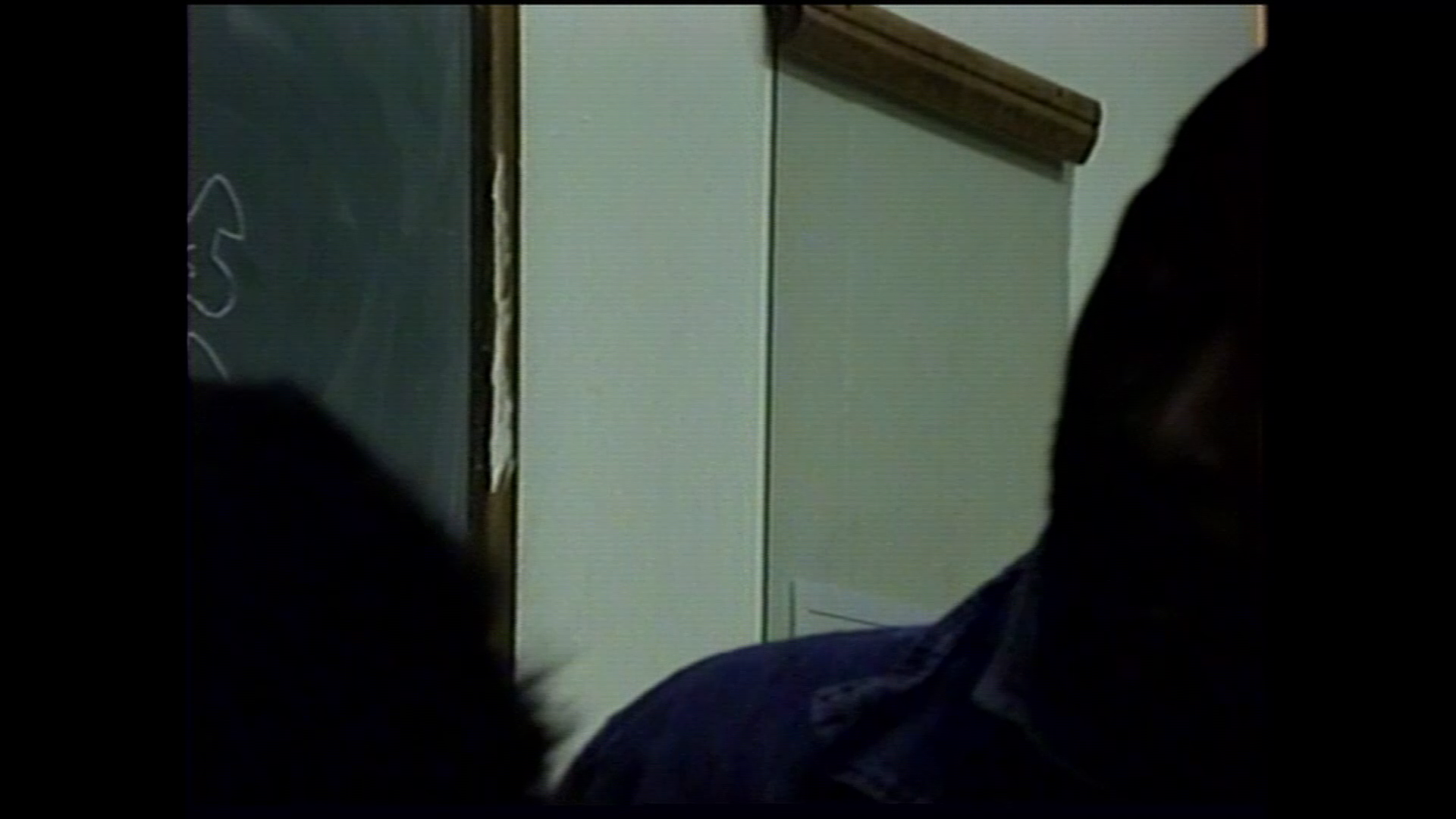
52 videos in series
Originally part of her dissertation for her Ph.D., these tapes document the men at the California Institute for Men in Chino, California, who have HIV/AIDS. Videos range from personal reflections to creative interactions. As part of her art therapy series, these men elect to take courses with Wendy to explore the vastness of their lives– the good and the bad– in order to emotionally heal and prepare for a life outside of prison. These men can be seen across multiple series in the collection, such as Amen and One-on-One. These tapes must be viewed on-site at the Wisconsin Center for Film and Theater Research in Madison, WI.
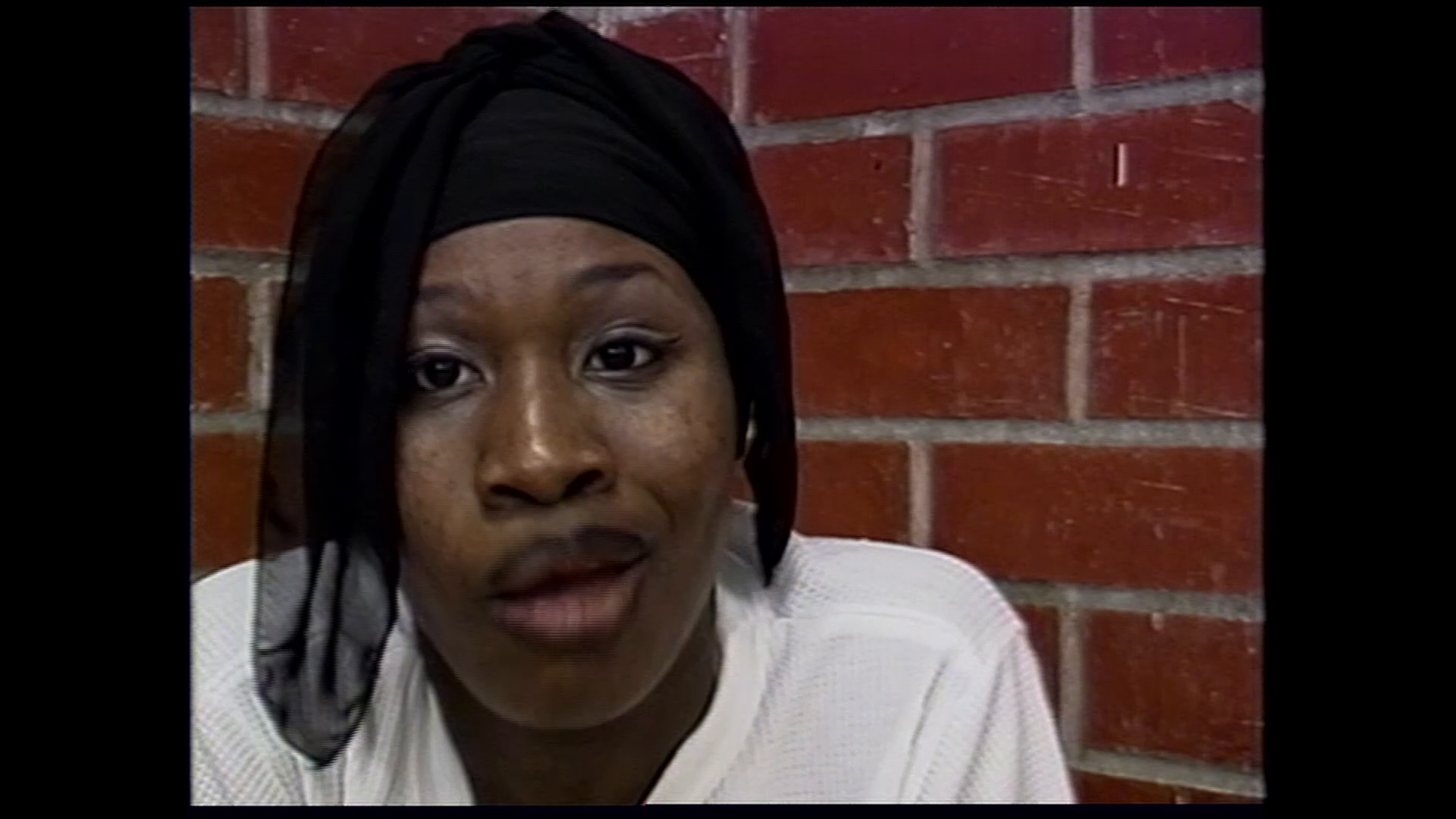
1 video in series
For 5 months, Wendy Clarke held workshops with young incarcerated women at the Ventura Youth Correctional Facility in Camarillo, California. Every week, the women would take turns sitting in front of the camera recording a video diary entry. This video is a compilation of selected diary entries. These tapes must be viewed on-site at the Wisconsin Center for Film and Theater Research in Madison, WI.

6 videos in series
The Death Project (1983) captures participants as they discuss feelings of grief, loss, and fear of death.

16 videos in series
Created in response to the United Nations Second Special Session on Disarmament approaches, Disarmament Video Surveys (1982) provide a space for the public to share their thoughts, fears, and wishes regarding Nuclear weapons and the rising issue of disarmament. Participants can say whatever they want; the Survey does not take an editorial stand on the issue. Disarmament Video Survey’s primary goal is to encourage the public to think critically about their views on the complex issue.

28 videos in series
Over 4 months in 2002, Wendy Clarke led a discussion and creative circle of young women, ages 14 to 17, at the Ventura Youth Correctional Facility. Done in conjunction with the California Arts Council and the California Youth Authority, participants learn about self expression and achievement through filmmaking, mask making, and dancing. These video diaries were recorded every week, allowing the participants to look back to see how they have changed. These tapes must be viewed on-site at the Wisconsin Center for Film and Theater Research in Madison, WI.
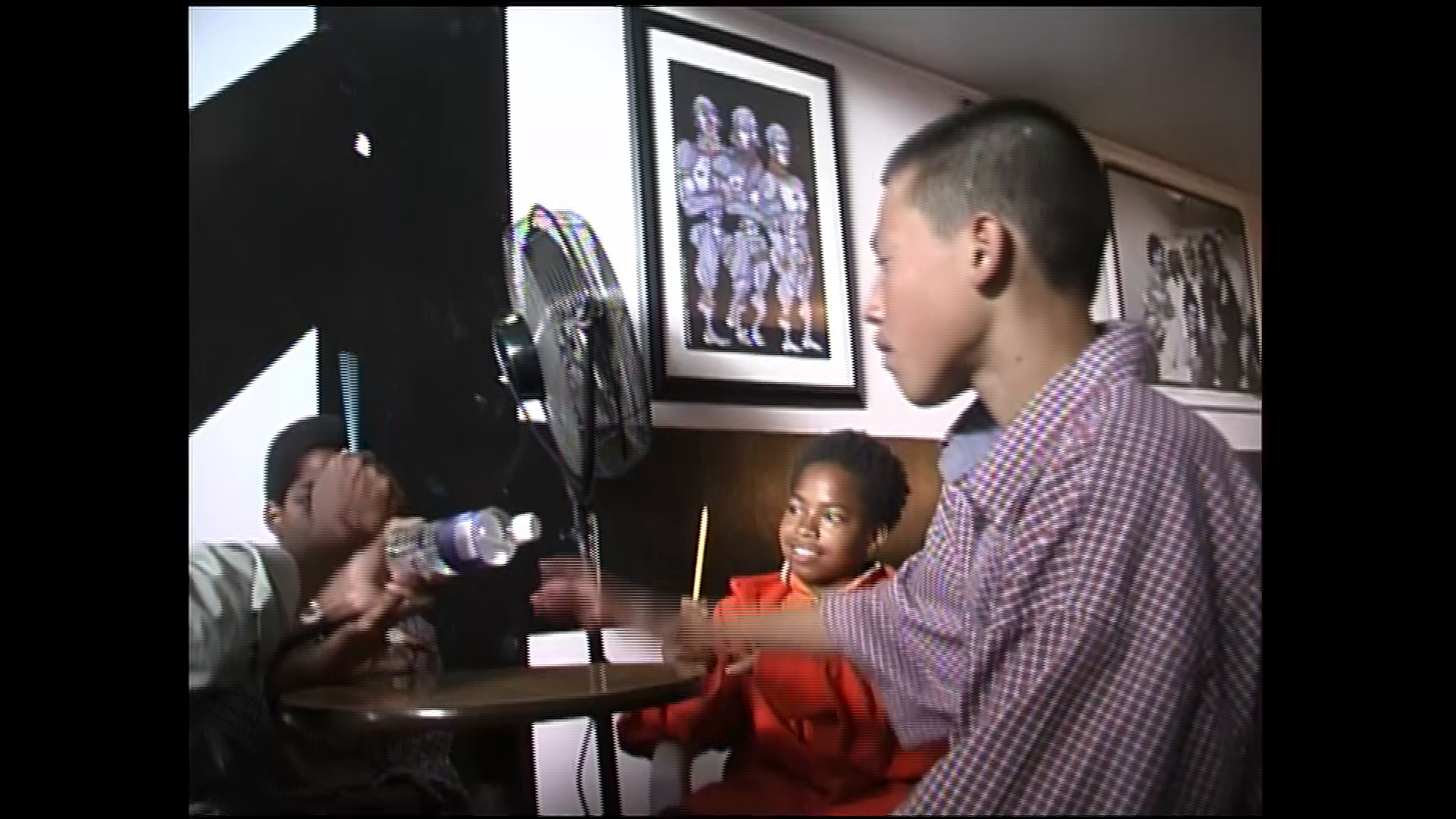
4 videos in series
Made in 2002 in partnership with the HeArt project in Los Angeles, California, these videos were created with and by local teens. As a part of a series of multimedia workshops called “Exploring Histories: Personal Portraits & Community Stories by Los Angeles Teenagers,” Wendy Clarke was the designated artist for Lincoln Memorial High School and Central High School Tri-C CDS, teaching the students basic concepts of filming and artistic expression. Many of the videos are shot from the teenagers’ point of view, following them as they skateboard, talk about their lives, and listen to music.